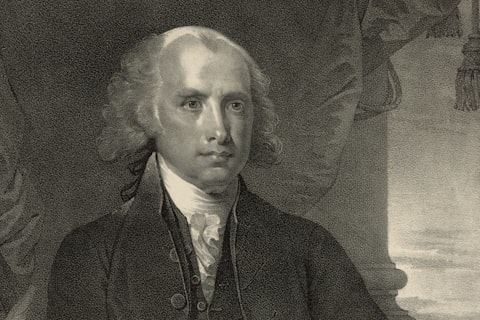The Impact of Women Assuming Leadership or Governance Positions on Society: Challenging Gender Norms
Keywords
Women Leadership Gender Norms Societal Impact
Introduction
Women in leadership roles significantly influence societal dynamics and challenge established gender norms. 🚺👩💼
Images


Historical Perspective
Historical examples and societal reactions to women in leadership positions. 📜👑
Figures
Historical Context:
Gender Stereotypes and Bias
Exploring gender stereotypes and the impact of bias on women in governance. ⚖️👩⚖️
Figures
Bias Impact:
Leadership Qualities and Effectiveness
Leadership qualities are universal, and women's effectiveness in various fields is highlighted. 💼🌟
Images


Societal Progress and Diversity
The benefits of diverse leadership and the contributions of women to societal progress. 🌐🤝
Figures
Diversity Benefits:
Challenges and Barriers
Obstacles women face in leadership roles and strategies to overcome them. 🚧🛠️
Figures
Challenges and Strategies:
Empowerment and Equality
The empowerment of women through leadership roles and the importance of gender equality in governance. ✊🏽💜
Images


Cultural and Global Perspectives
Cultural attitudes and global trends in female representation in governance. 🌍📈
Figures
Global Trends:
Conclusion
A call for gender-inclusive leadership practices and empowerment for a diverse and equitable governance landscape. 📣🌟
Sources
The involvement of women in leadership or governance positions has been a subject of debate and contention in society. This article explores the historical context, gender stereotypes, leadership qualities, societal progress, challenges, empowerment, and cultural perspectives related to women in leadership roles. By examining the impact of women assuming leadership positions, we can better understand the dynamics of gender representation in governance and advocate for gender-inclusive leadership practices.
I. Introduction
Women assuming leadership or governance positions play a significant role in shaping societal dynamics and challenging traditional gender norms.
II. Historical Perspective
Historical Examples of Women in Leadership Roles
Societal Reactions and Outcomes
III. Gender Stereotypes and Bias
Examination of Gender Stereotypes in Leadership
Impact of Bias on Women in Governance Positions
IV. Leadership Qualities and Effectiveness
Discussion on Leadership Qualities Irrespective of Gender
Effectiveness of Women Leaders in Various Fields
V. Societal Progress and Diversity
Benefits of Diverse Leadership Representation
Contributions of Women Leaders to Societal Progress
VI. Challenges and Barriers
Obstacles Faced by Women in Leadership Roles
Strategies for Overcoming Challenges
VII. Empowerment and Equality
Empowerment of Women Through Leadership Roles
Importance of Gender Equality in Governance
VIII. Cultural and Global Perspectives
Cultural Attitudes Towards Women in Leadership
Global Trends in Female Representation in Governance
IX. Conclusion
Reflecting on the impact of women assuming leadership or governance positions on society, there is a call for gender-inclusive leadership practices and empowerment to foster a more diverse and equitable governance landscape.




